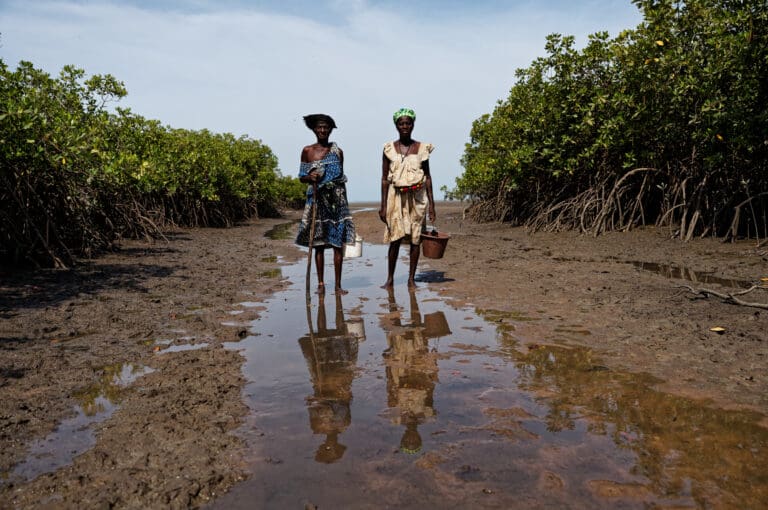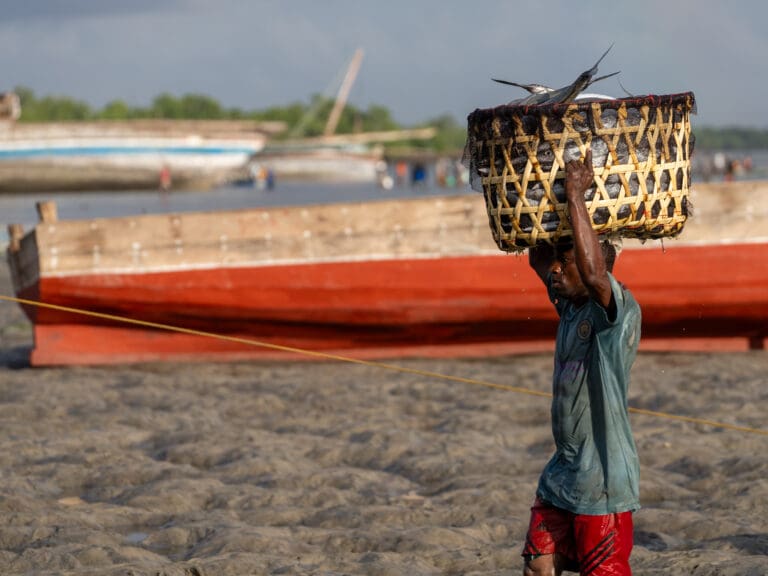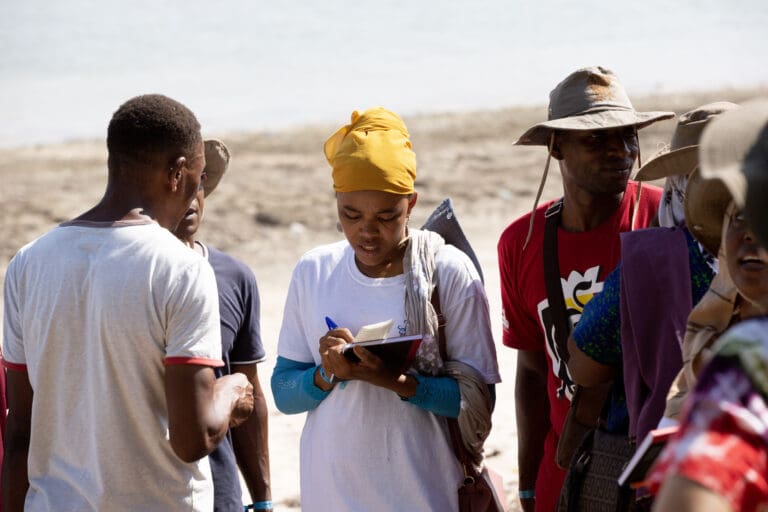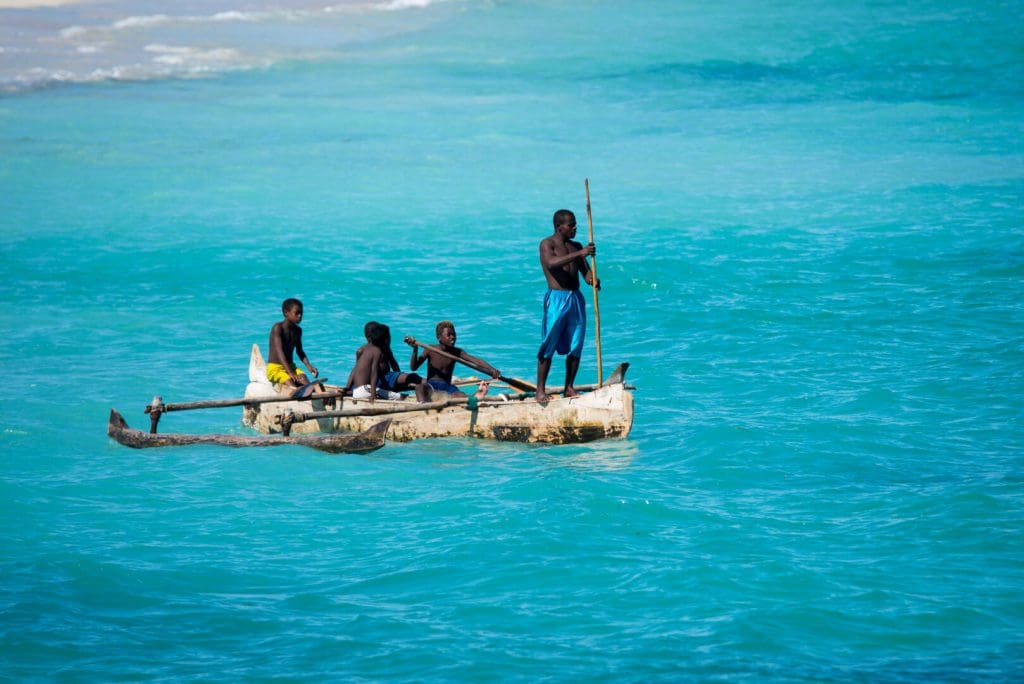|
Coral reefs are deteriorating and shrinking on a scale that now predicts the loss of 60% of the planet’s reefs by 2030. Twenty percent of the world’s 300,000 square kilometres of known reefs are already gone. And this terrifying prognosis becomes more severe and more immediate with the publication of each new global reef health check. Just this week we see headline stories reminding us not only of the immediacy of the current threat to reefs , but also giving us a stark warning that current global emissions reduction targets are no way near enough to give us even a hope of saving corals. The perils facing coral reefs threaten not only crucial biodiversity hotspots, but also an economically critical resource that supports many of the poorest and most marginalised human populations on the planet. Not to mention generating an estimated US$30 billion in revenue, mainly through fisheries, every year. |
|
|
But hope is far from lost. Corals die as a result of stress, and stress can come in many forms. By mitigating local stresses – such as pollution and overfishing – corals have a better chance of resisting the thermal stresses, caused by climate change, that inflict the greatest damage. Effective, grass-roots conservation – where communities work together to manage reefs responsibly – has a vital role to play in shoring up coral reef resilience against the ravages of climate change. A network of 25 remote fishing villages in
|


















